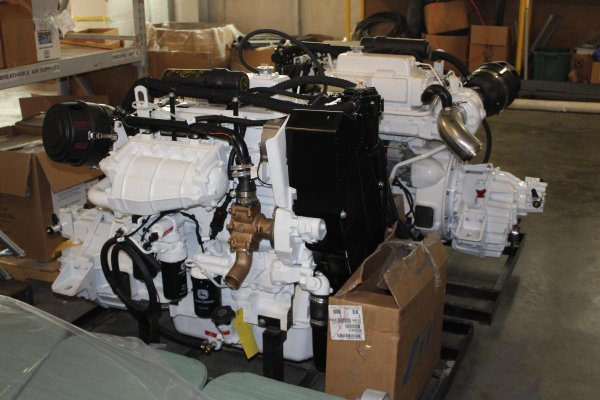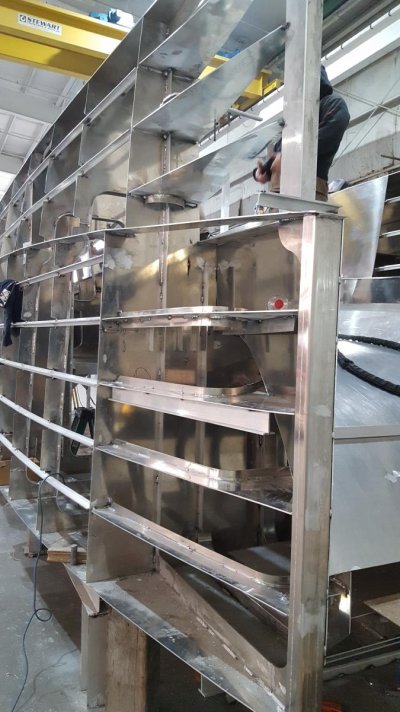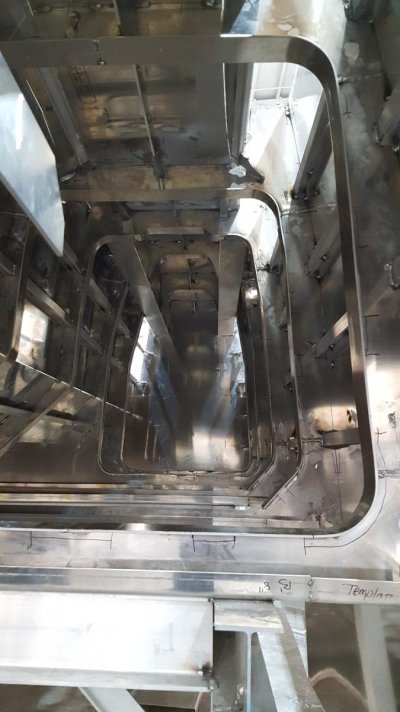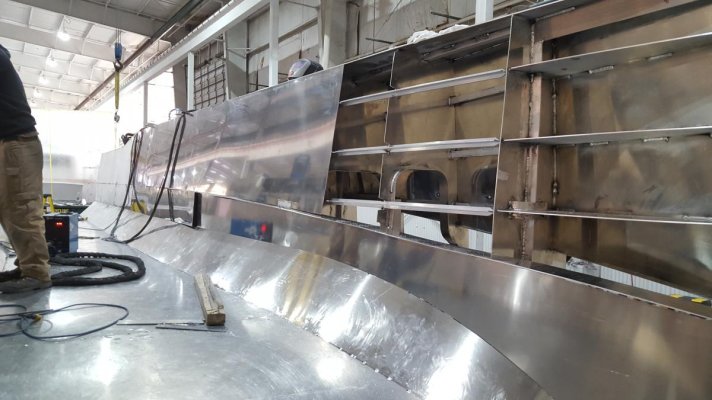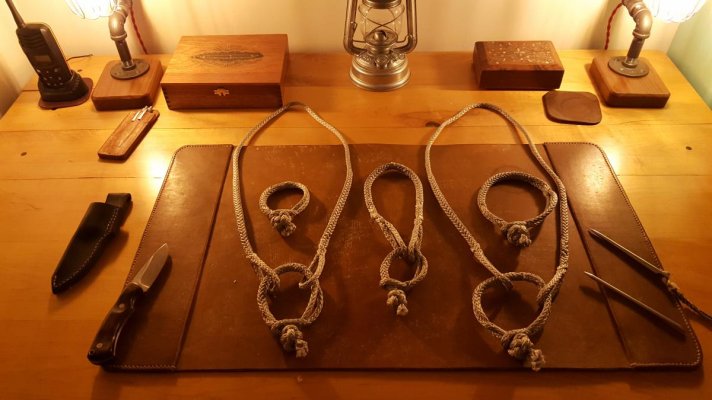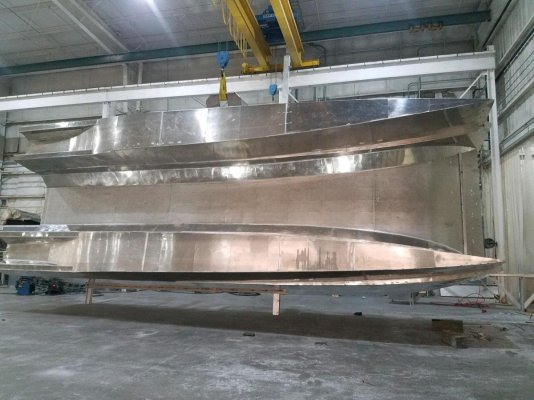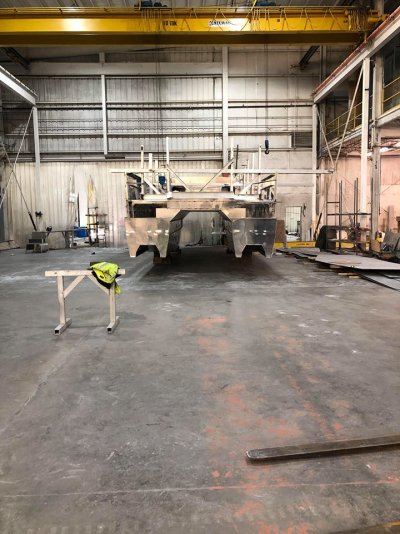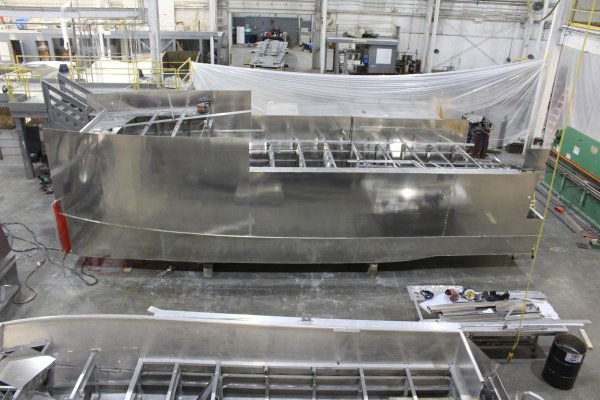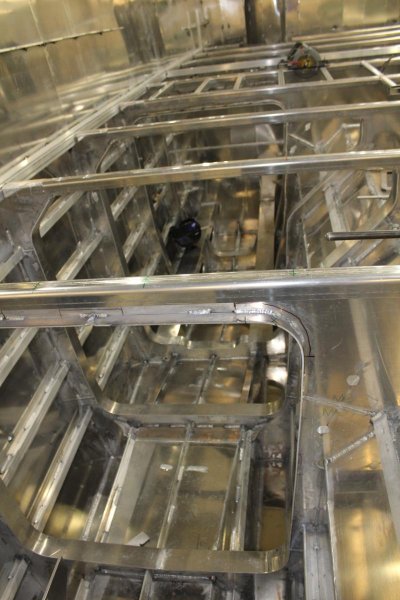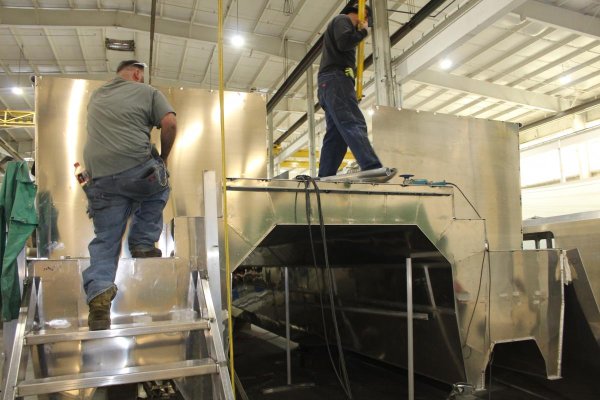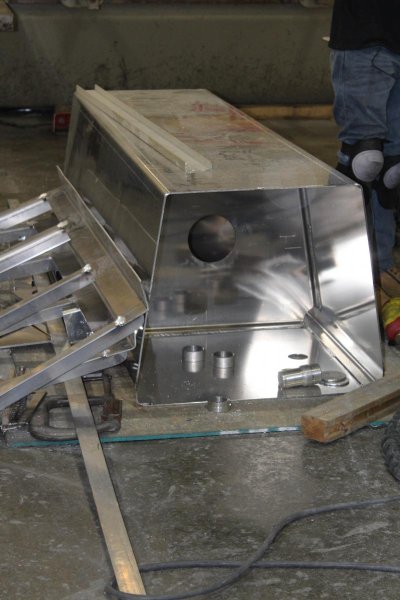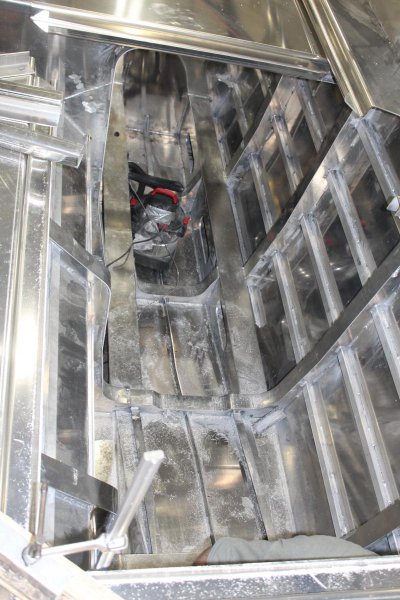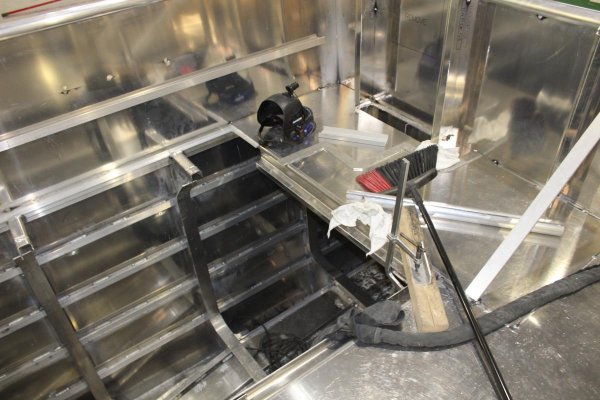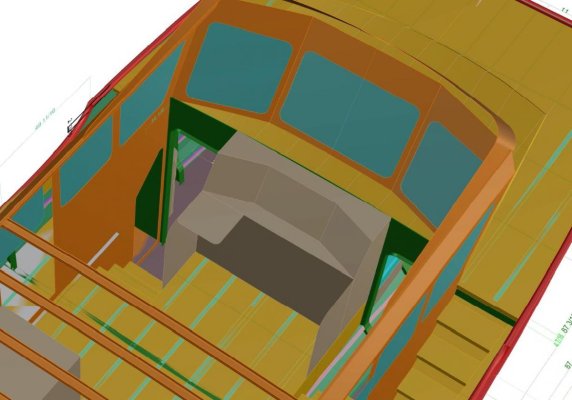Bkay
Guru
- Joined
- Aug 8, 2018
- Messages
- 580
- Location
- United States
- Vessel Name
- Wingspan
- Vessel Make
- Aluminum Catamaran
Some very tangible progress! There are now two engines with reverse gear sitting in the shop! I grew up working on John Deere tractor engines and these are the first two JD's I've ever owned.
As much as I hated working on his engines as a kid, I'm sure my dad would be amused to see me buy two of 'em.
As much as I hated working on his engines as a kid, I'm sure my dad would be amused to see me buy two of 'em.

